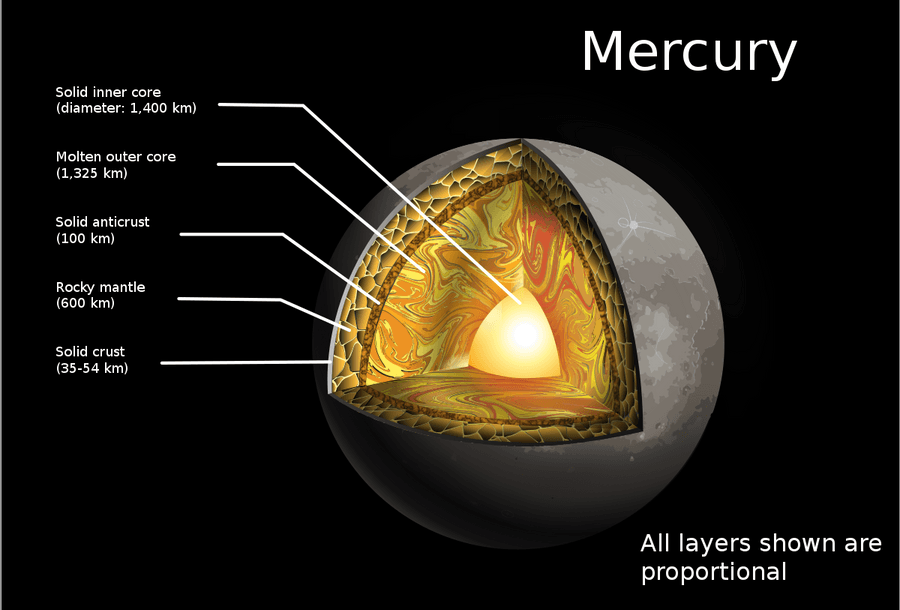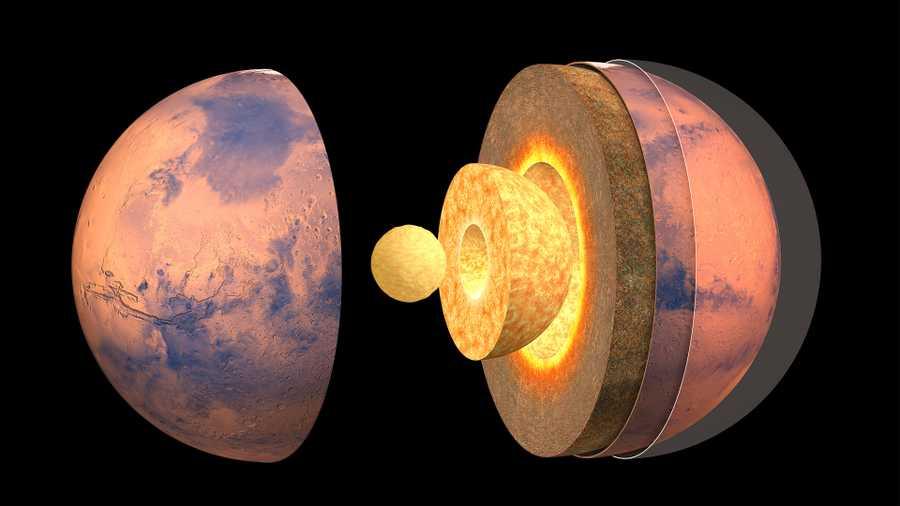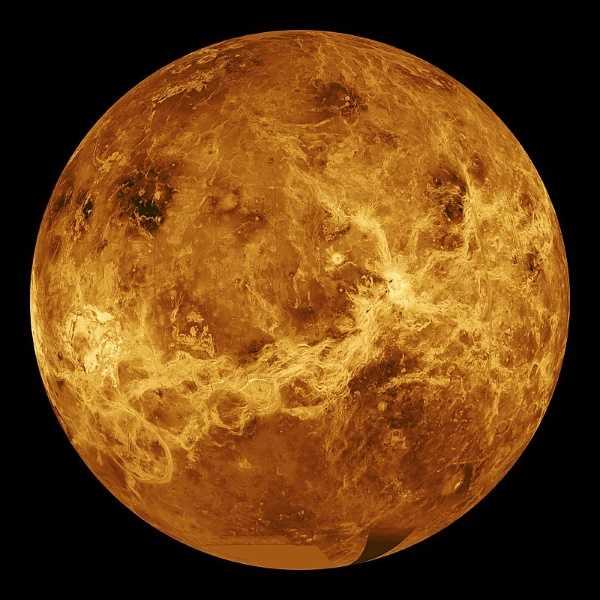Structure
Venus is in many ways similar to earth in its structure.
It has an iron core that is approximately 2,000 miles (3,200 kilometers) in radius. Above that is a mantle made of hot rock slowly churning due to the planet's interior heat.
The surface is a thin crust of rock that bulges and moves as Venus' mantle shifts and creates volcanoes.
14
30 reads
CURATED FROM
IDEAS CURATED BY
I'm passionate about helping people live their best lives. I'm a lifestyle coach & burnout coach.
The idea is part of this collection:
Learn more about leadershipandmanagement with this collection
Basic survival skills
How to prioritize needs in survival situations
How to adapt to extreme situations
Related collections
Similar ideas to Structure
Structure
Mercury is the second densest planet, after Earth. It has a large metallic core with a radius of about 1,289 miles (2,074 kilometers), about 85 percent of the planet's radius.
There is evidence that it is partly molten, or liquid. Mercury's outer shell, comparable to Earth's outer shell (c...
Structure
Mars has a dense core at its center between 930 and 1,300 miles (1,500 to 2,100 kilometers) in radius. It's made of iron, nickel, and sulfur.
Surrounding the core is a rocky mantle between 770 and 1,170 miles (1,240 to 1,880 kilometers) thick, and above that, a crust made of iron, magnesiu...
Venus
Venus is the second planet from the Sun and our closest planetary neighbor.
Similar in structure and size to Earth, Venus spins slowly in the opposite direction from most planets.
Its thick atmosphere traps heat in a runaway greenhouse effect, making it the hottest planet in our sol...
Read & Learn
20x Faster
without
deepstash
with
deepstash
with
deepstash
Personalized microlearning
—
100+ Learning Journeys
—
Access to 200,000+ ideas
—
Access to the mobile app
—
Unlimited idea saving
—
—
Unlimited history
—
—
Unlimited listening to ideas
—
—
Downloading & offline access
—
—
Supercharge your mind with one idea per day
Enter your email and spend 1 minute every day to learn something new.
I agree to receive email updates


